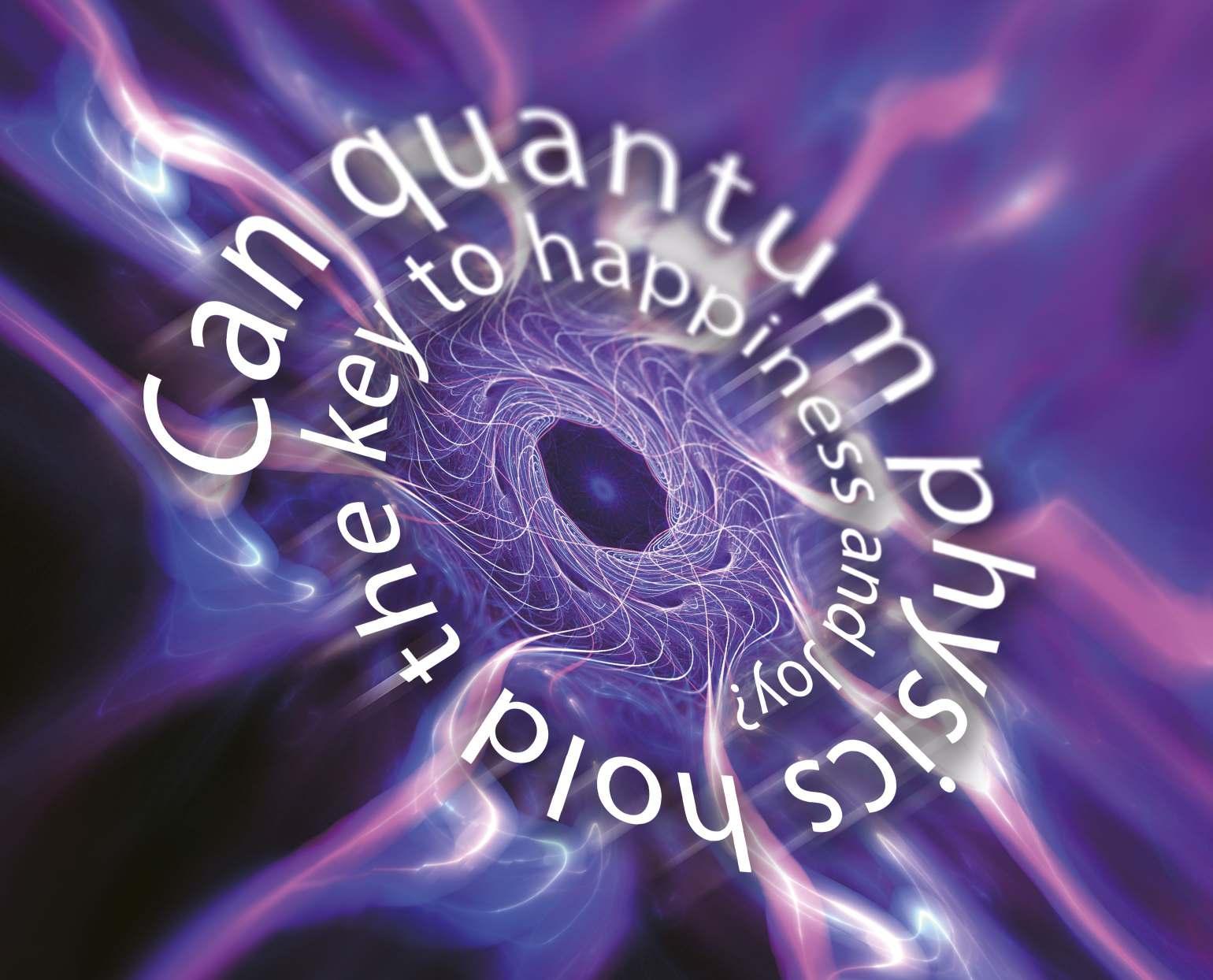




It seems peculiar to suggest that a subject so far detached from the everyday reality of the human experience, particularly of one’s psychology, could be integral in improving wellbeing, but Dr Chris Gilbert, writing for Psychology Today, suggests it can.
Dr Gilbert argues that the human mind is incapable of hyperfocusing on more than one emotion at one time. She explains that, while emotions are capable of coexisting, when one pays attention to any emotion one in particular, the others subside and become far less noticeable. From this logic, Gilbert goes on to highlight that this subconscious action could be utilised consciously to improve day to day happiness, by choosing to concentrate on positive emotions, even if they are naturally less prominent in the circumstances.
This is compared to Erwin Schrödinger’s famous thought experiment, involving the brutal murder of his feline companion. Theoretically, having placed a cat in a box with a Geiger counter, radioactive material, a bottle of poison and a hammer, Schrödinger’s hypothetical reality divided into two - one reality in which

he was a perpetrator of gross animal abuse, and one in which his pet remained unharmed, all balanced on the probability of radioactive decay. Schrödinger theorised that, until the box was opened and the state of the cat, previously uncertain, was confirmed, the animal could be said to be in a superposition, either alive or dead. This unleashed a scientific paradoxsurely it was impossible for one thing to occupy two states, especially two such definite separations as life and death?
The Copenhagen Interpretation, though often subject to discourse, is considered to provide a solution to this: the wave function.
(|dead>+|alive>)/√2. This states that the cat, upon opening the box, has a 50% chance of being alive, and a 50% chance of being dead. Though seemingly obvious, this equation clears up a lot of issues. Firstly, it erases any confusion about other states - the cat is alive or dead.
No loopholes, such as, the cat escaping from the box and undermining the whole experiment, though admittedly evading Schrödinger’s cruel sacrifices for science and remaining arguably alive, but setting quantum physics back a few years. Through this, it clarifies that there
is no way for the cat to be in both of these positions. Although at first glance contradictory to the entire premise, with further analysis, this furthers the point of the argument; there has to be a way in which the cat is only either alive or dead: the splitting of realities. Once Schrödinger opens the box, the universe in which that version of him exists is defined. For example, upon opening the box, he finds he is in the alive cat universe, and unlikely to have his animals confiscated by the RSPCA, until he then publishes his theory.
So, how does this link back to psychology, and are Gilbert’s claims reliable? There is a lot more conflict on the matter of when the cat shifts from a superposition (when the universe ‘splits’), and far more experiments both contradicting and extending Schrödinger’s theories, such as the double-slit diffraction paradox, which demonstrates the superposition and observation ideas visibly. However Gilbert focuses primarily on the basics of observational positioning - i.e. observing a circumstance forces it to assume one possibility. In the same way that Schrödinger and the Copenhagen Interpretation state that observing the state of the cat -
opening the box - forces it out of the superposition and into a definitive state - alive or dead - Gilbert claims that focusing on a positive emotion forces the others out of a superposition of coexistence, as the mind is only capable of paying attention to one emotion at a time. I would argue that, despite this idea technically functioning, it both misunderstands Schrödinger’s proposals and is an unhealthy coping mechanism.
Although this may perhaps be a little too cynical, I would remind the author that firstly, observation is not the picking of a state to focus on, it is the act by which the circumstance is forced out of a superposition, which, by definition, cannot be predetermined.
In addition to this, the very basis of the Copenhagen Interpretation and Schrödinger’s experiment rests on the idea that the circumstances cannot coexist.
At first, Gilbert’s proposition appears to agree with this; however, psychology dictates that emotions can coexist, despite some prevailing in some situations. Gilbert’s suggestion of choosing a positive emotion to focus on does diminish the existence of negative emotions, but they don’t
‘disappear’, as she states, contradicting her earlier point that ‘we have inside of us at the same time [many emotions]’. These continual contradictions both undermine her argument and weaken the link to quantum physics. In connection with these criticisms, forcing traumatic feelings such as grief out of the mind is unhealthy in the long term.
Although useful for more inconsequential events causing negative emotions, such as stress or short-term sadness, the suggestion that this method is healthy for dealing with long-term, deep and scarring emotions such as grief could be damaging. This is a phenomenon commonly referred to as ‘toxic positivity’, in which one is coerced into suppressing negative feelings, resulting in build-up of tension and the counter-intentional increase of negative emotions.
In conclusion, the links between psychology and quantum physics are tenuous, and would better remain as an analogy, despite Dr Gilbert’s arguments near the end of the article about the possibility of quantum physics’ application in our neurons, which are irrelevant to the claims. In addition to this, suppression and

distraction, the technique that the author suggests, have been shown to be less effective on higher intensity emotions such as grief, in addition to being unhealthy in the long term.
A rudimentary understanding of Schrödinger’s thought experiment is helpful to understanding a longestablished short-term positive distraction technique, but this author would argue that that is where the connection ends.
Written by Grace – Upper IV (Year 9)
“Dr Gilbert argues that the human mind is incapable of hyper-focusing on more than one emotion at one time”.
